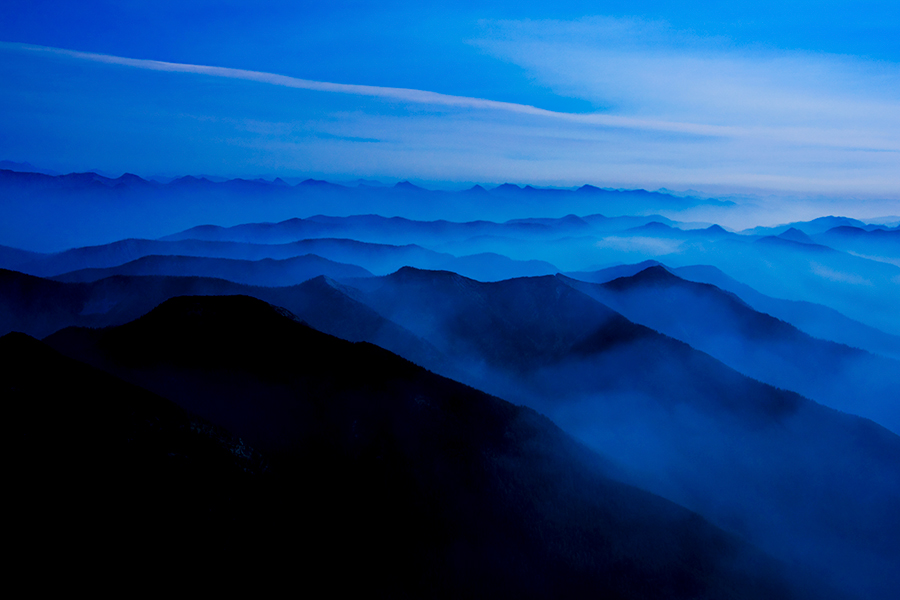As an aerial photographer and pilot based in Kalispell, Zedekiah Morse is used to seeing Chief Mountain and the Livingston Range’s snowcapped peaks and the winding curves of the Flathead River from a different perspective.
To access the remote areas that he captures through his camera lens, he flies a bush plane with 12 cameras mounted to his aircraft and one in the cockpit.
“Looking through this bird’s eye view, things take on a different color,” Morse said. “They take on a sublime interaction, a dramatic sense of belonging. When I’m up there flying, it causes connectivity to everything.”
Morse used his unique photography method to film his project called “Where Eagles Fly.” The series of eight 40-minute IMAX films begins in the North Fork Valley, following the Rocky Mountains through Glacier National Park south to the Sangre de Cristo Mountains in New Mexico.
Flying solo, Morse captures obscure areas in North America that most people don’t know exist.
“My goal is to simply inspire people to love the places that I do, even if they can’t get out there and get into the wilderness,” he said.
“I try through an education entertainment format to make people aware of these beautiful lands,” he added.
Morse is making arrangements to show audiences the films in a new type of entertainment dome projection in Las Vegas. The projection shows films in a 360-degree virtual reality experience.
While his current plane has 12 cameras, Morse is working on a new plane called the Denali Scout, where 21 8K cameras will be built in the airframe.
There are a few drone shots in his productions, but most of his images are captured with cameras on his bush plane.
“A big difference (with) a drone, is you are one step removed from reality,” Morse said. “When you’re looking at that small screen, you’re not dealing with the camera in real time and not dealing with the shot directly. My head is on a swivel the entire time I’m flying.”
Morse says drones are also limited in altitude and duration, which isn’t an issue in his plane.
But flying a bush plane across North America by himself doesn’t come without challenges. It takes Morse several months to get the scenic, bird’s eye view shots that are shown in his eight short movies.
Morse gets some help from colleagues, but for the most part, he is a one-man-show. He composes, writes, narrates, shoots and edits the production by himself. He waits for clear skies and perfect weather conditions and often shoots on the ground for reference before he flies.
Having a dad who was a test pilot for NASA, Morse grew up flying. He stresses safety and says he never puts himself in harm’s way, flying thousands of feet away from the peaks he shoots.
Morse is prepared for accidents with emergency medical supplies, emergency locater systems and camping supplies to get him through a variety of situations.
In addition to his films, Morse also creates textured images through a unique printing process where he raises areas of print to give lit micro shadows. He also does fine art print reproductions of his work and holds gallery exhibitions at the Wyland Signature Gallery in Las Vegas, and has a show lined up Michael Godard Gallery.
“What I’m doing I realize is different than normal people,” Morse said. “It’s got a level of adventure and excitement, but it’s really about waking people up to what we have and the beauty of the land. It’s about expanding our visual lexicon.”
For more information, visit www.whereeaglesfly.tv.
